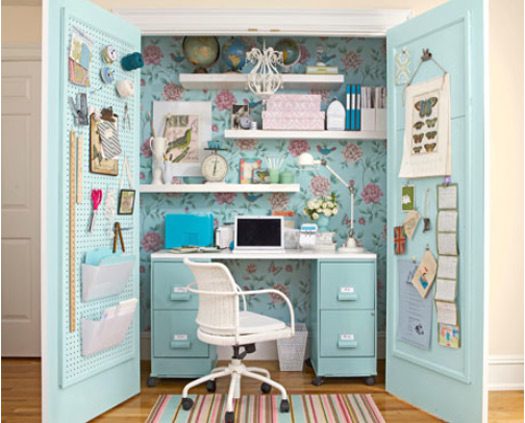7 Tips To Organize Files
There are basic ways of organizing a files they are arrange them categories wise like items by subject or an index based system will files identified numerically by items like File1=Document 1. You can choose the method that makes the most intuitive sense to you. People who have trouble categorizing may feel more comfortable with the indexing approach. Regardless of which type of system you choose, if you feel overwhelmed about where to start, pick a group of papers in any pile. It does not matter where you start you just need to start with a manageable subset of paper.
1. Divide the files into two categories one is historic the other is active. Historic files will be those, which you use once a year for accounts or tax purpose, and the active files are those, which are used, in daily purpose. Make sure that your inactive files should not be kept in your active file space.
2. Review your papers and discard any papers you no longer need to keep. When you decide to keep a paper, sort the paper into various categories/piles. Use post-it notes to label the top page of each pile until a permanent file location/category name is established later. Use categories that are broad for sorting.
3. Once you are finished sorting, count and double check the number of piles you have to keep. The number of piles equals the number of hanging file folders you will need for your active files. You should buy a minimum of the same number of interior file folders to insert inside the hanging file folders (more if you will have some categories with multiple sub-topics).
4. Create a set of hanging file folders and associated interior file folder(s) for each pile and its sub-categories. You should maintain the transition of all the active files to historic files at the end of each year; the interior files should be labeled by subject and current year (e.g., Life Insurance 2013). This dating approach is best for those categories that involve monthly statements or bills.
For your hanging folders that do contain dated material, it is best to keep static papers that dont change from year to year in front of the interior folders (e.g., the life insurance policy versus the quarterly invoices). This will make it easy to transition files from active to historical status at year-end.
5. Once you put the appropriate papers in the files, you can get a sense of how many file cabinet drawers you will need. Using a single Bankers Box (heavy corrugated storage box) to stand the files up to measure the inches in depth needed is very helpful. These boxes are available at office supply stores, and also will serve later for inactive storage purposes).
6. At the end of the year, transfer the past years interior files to inactive storage. Keep the same hanging file folder in place, and create a new set of interior file folders labeled with the New Year. Keep the static materials inside the hanging file folders from the past year.
7. You should have action folders for bills to pay, things to do and pending matters. This serves as a holding place for things you have not had time to get to that week or that are pending, but that still require action on your part. It is also helpful to have a calendar file to keep things needed for events already recorded in your calendar like directions to event, handouts, etc.

